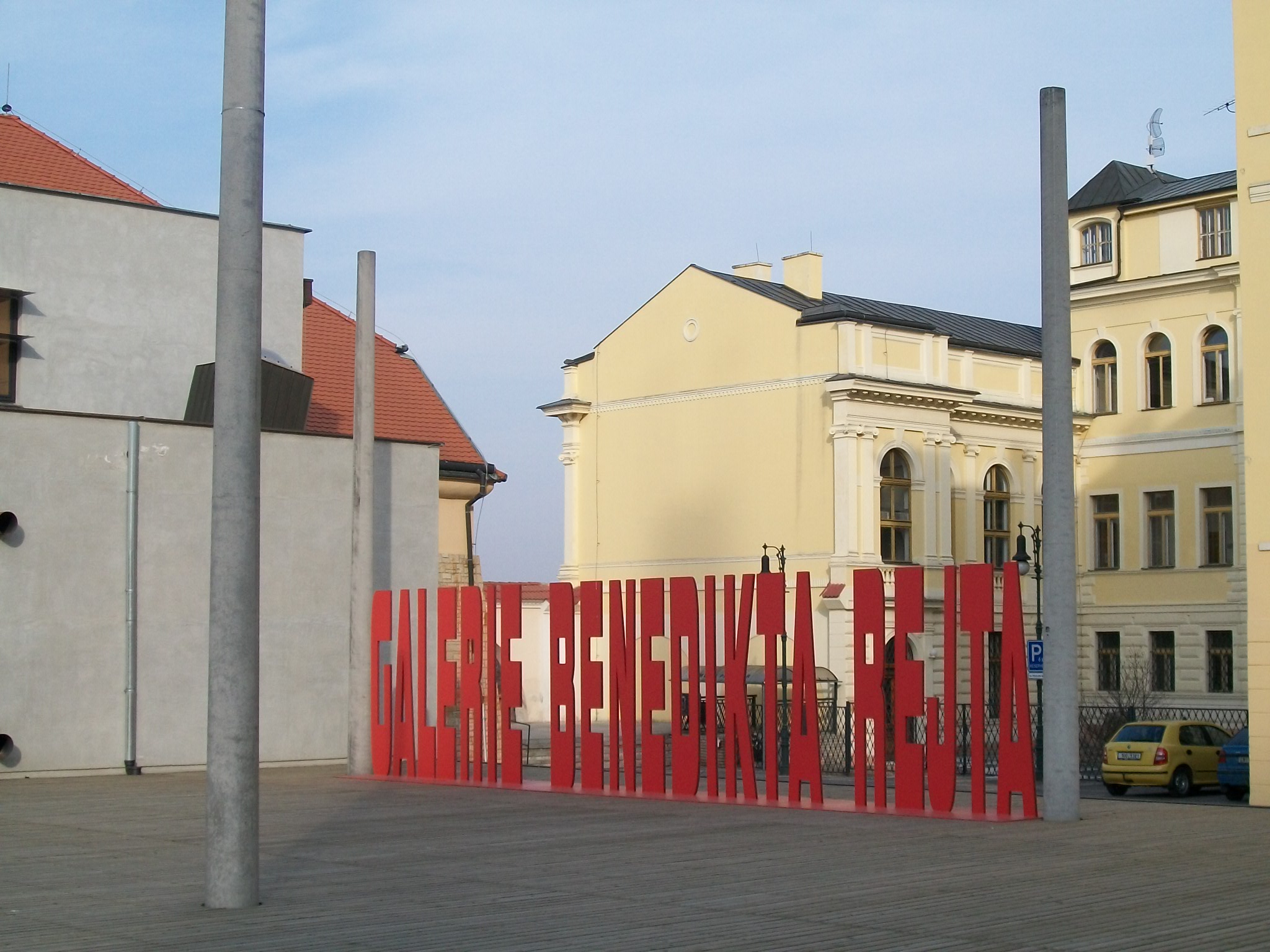Benedikt Rejt Gallery

Benedikt Rejt Gallery and its collection were founded in the 1960s with the aim of collecting contemporary tendencies in visual arts. The gallery kept buying works by progressive artists even after 1968. The Benedikt Rejt Gallery owns a unique collection of constructivist pieces.
Lokacija
-
Pivovarská 29, 440 01 Louny, Czech Republic
Pokaži na karti
Jezici
- češki
Mrežna stranica
Naziv zbirke
-
The Collection of the Benedikt Rejt Gallery
Povijest zbirke i kulturne aktivnosti
Opis sadržaja
-
The core of the collection is devoted to diverse forms of constructivism and kinetic art. The gallery owns a collection of Emil Filla works from the 1940s and 1950s that were not allowed to be exhibited at that time, and various examples of unofficial art made in the 1970s and 1980s. The gallery purchased a number of works on paper, drawings and graphics. The collection owns more than 17,000 works of art and 14,000 books.
Sadržaj
- grafike: 1000-
- ostala umjetnička djela (koja se ne mogu svrstati u druge kategorije filtra kao što su slike, skulpture, grafike, itd.): 10-99
- publikacije (knjige, novine, članci, novinski isječci): 1000-
- skulpture: 100-499
- slike: 500-999
Imatelji
Vlasnici
Dionici u zbirci
Osnivači
Datum osnivanja
- 1965
Mjesto osnivanja
-
Louny, Czech Republic
Pokaži na karti
Stvaratelji sadržaja
Sakupljači
Važni događaji iz povijesti zbirke
Reprezentativni primjerci
Vrsta pristupa
- djelomično zatvoreno za javnost
Publikacije o zbirci
Autor ove stranice
- Lomová, Johana
Bibliografija
Gruntová Kolingerová, Hana. 2013. Biografie Galerie Benedikta Rejta. Praha: Fak. Humanitních studií Univerzity Karlovy.
Štefančíková, Alica, and Nováčková, Zuzana, and Svoboda, Petr. 2015. Postava k otvírání. Louny: Galerie Benedikta Rejta v Lounech.
"Vizitky českých Muzeí a Galerií: Galerie Benedikta Rejta V Lounech — Česká Televize." Česká Televize. Accessed December 3, 2016. http://www.ceskatelevize.cz/porady/1130393955-vizitky-ceskych-muzei-a-galerii/203562268700010-galerie-benedikta-rejta-v-lounech.
„Výroční zpráva Galerie Benedikta Rejta za rok 2015.” Galerie Benedikta Rejta. Accessed December 3, 2016. http://gbr.cz/txt/zpravy/2015.pdf.
Galerie Benedikta Rejta. 1969. Galerie Benedikta Rejta. Louny : Galerie Benedikta Rejta v Lounech.
